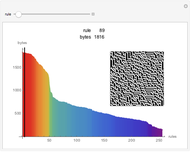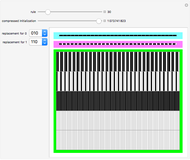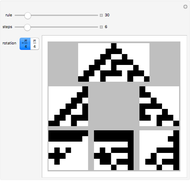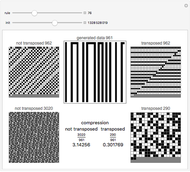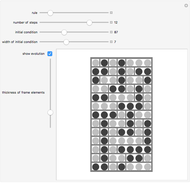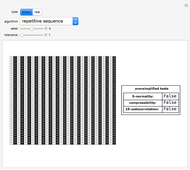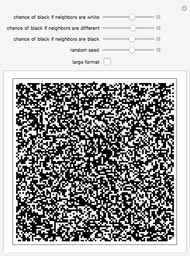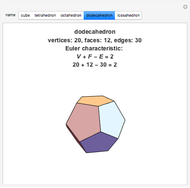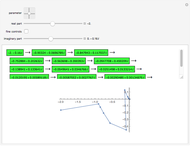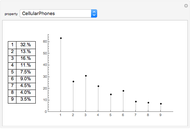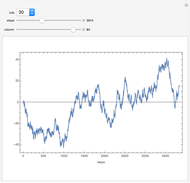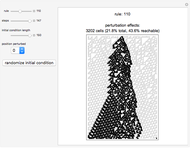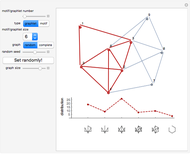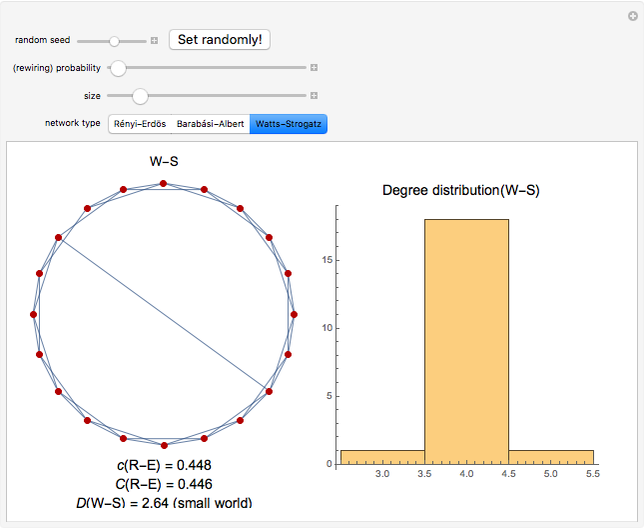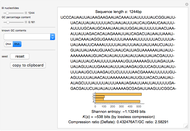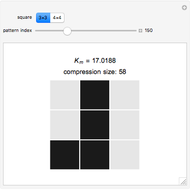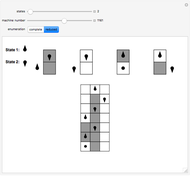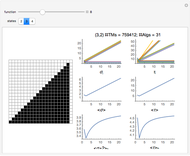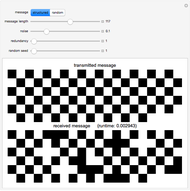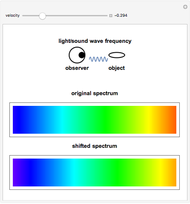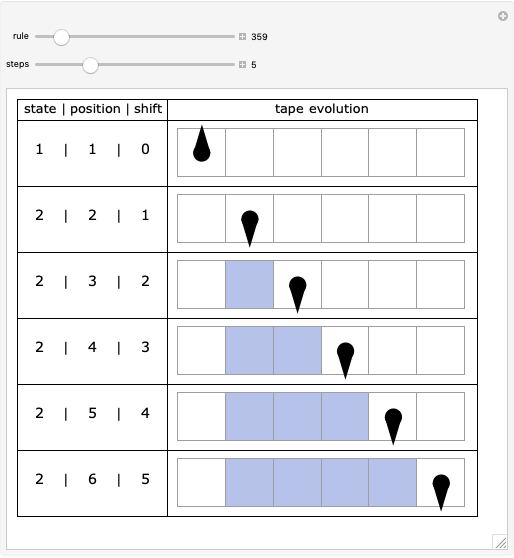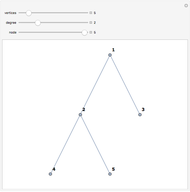Cellular Automaton Compressibility

Requires a Wolfram Notebook System
Interact on desktop, mobile and cloud with the free Wolfram Player or other Wolfram Language products.
The difference in length between the compressed and uncompressed forms of the output of a cellular automaton is a good approximation of its algorithmic complexity. For most cases, the length of the compressed form levels off, indicating that the cellular automaton output is repetitive and can easily be described. However, in cases like rules 30, 45, 110, or 73, the length of the compressed form grows rapidly, corresponding to the apparent randomness and lack of structure in the display.
Contributed by: Hector Zenil (March 2011)
Open content licensed under CC BY-NC-SA
Snapshots
Details
One can also see the shortcomings of measuring algorithmic complexity by compressibility, since rule 30 is its own shortest description. Conversely, simple and nested ECAs are highly compressible, but the length of their generating rules is exactly the same as the rules that yield complex behavior. Nevertheless, the compressibility method is a good way to see the different types of behaviors according to Stephen Wolfram's classes.
Permanent Citation
"Cellular Automaton Compressibility"
http://demonstrations.wolfram.com/CellularAutomatonCompressibility/
Wolfram Demonstrations Project
Published: March 7 2011








